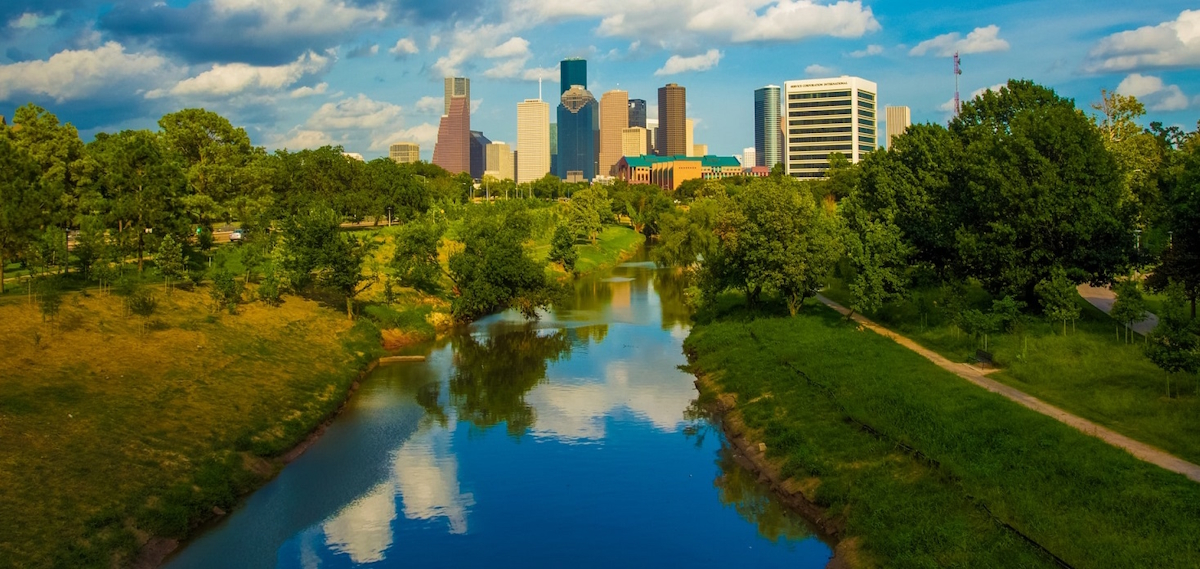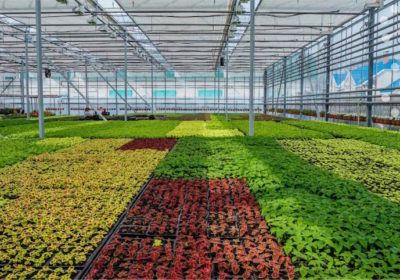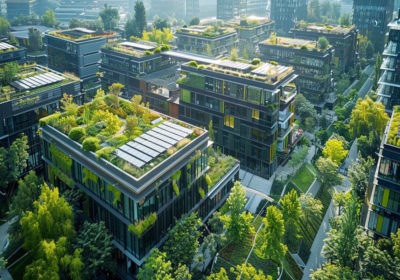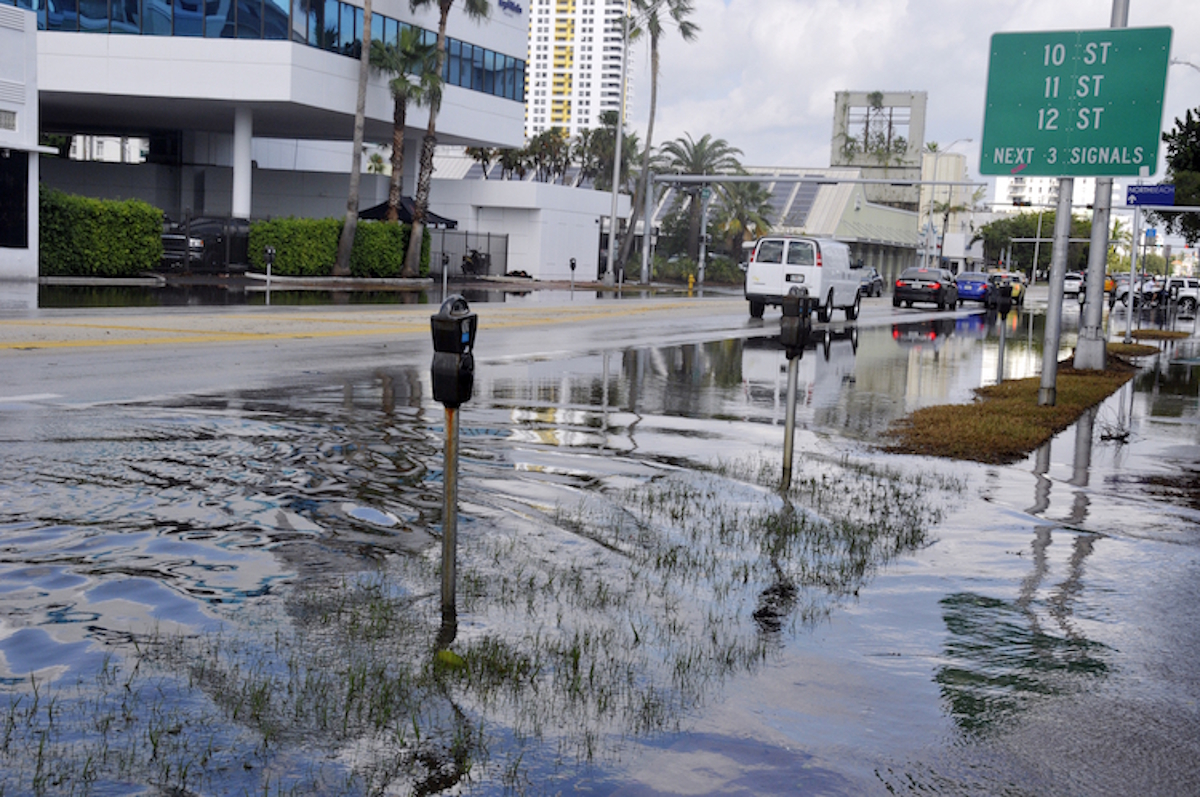As urban populations continue to grow and cities expand, access to nature within the urban environment has become both a critical resource and a marker of inequality. While green spaces provide essential ecological and health benefits, their distribution is often shaped by socioeconomic factors. We explore how wealth influences access to urban biodiversity—a phenomenon known as the luxury effect—and examine how artificial intelligence and smart city strategies can be leveraged to address this form of environmental injustice in the context of sustainable urban development

Although the rapid expansion of urban areas is one of the most significant threats to global biodiversity, the presence of nature within cities remains a critical component for human well-being and urban resilience. Urban green spaces offer essential ecosystem services, such as temperature regulation, flood prevention, air purification, and psychological benefits associated with access to natural environments. However, these advantages are not equitably distributed across the urban population. The phenomenon known as the luxury effect—which describes the correlation between neighborhood affluence and the richness of biodiversity—exemplifies how social and economic inequalities manifest spatially and ecologically in the urban fabric. A recent international study, published in People and Nature and led by researchers from the University of Turin within the framework of the National Biodiversity Future Center (NBFC), explores this dynamic across more than 100 cities in 21 countries, revealing how wealth shapes environmental access.
The luxury effect highlights a critical form of environmental injustice, whereby more affluent urban populations disproportionately benefit from biodiversity and green infrastructure. These privileges are often rooted in private investments, such as larger residential gardens, and access to better-maintained public green spaces, which are less prevalent in lower-income areas. The implications of this unequal distribution are profound, especially considering projections that 60% of the global population will reside in urban areas by 2030. As cities grow denser and more complex, the equitable distribution of ecological resources becomes both a social and environmental imperative.
In this context, the integration of artificial intelligence (AI) and smart city technologies emerges as a powerful tool for addressing the disparities exemplified by the luxury effect. Through the use of AI-driven spatial analysis, machine learning algorithms, and geospatial data, urban planners and policymakers can identify patterns of ecological inequality, predict areas at risk of environmental exclusion, and design targeted interventions that enhance biodiversity access in underserved neighborhoods. AI systems can process vast amounts of environmental, socioeconomic, and demographic data to model urban heat islands, vegetation cover, water accessibility, and species distribution—thus providing a scientific basis for prioritizing green infrastructure investments where they are most needed.
Furthermore, the concept of the smart city—characterized by data-driven governance, digital infrastructure, and sustainable urban planning—offers a framework for rethinking the relationship between nature, technology, and equity. In smart cities, sensor networks and remote sensing technologies can continuously monitor ecological indicators and urban green space usage, enabling real-time management and maintenance of biodiversity-rich habitats. AI-powered decision-making systems can support urban biodiversity by recommending tree species for planting that optimize carbon sequestration, heat mitigation, and habitat value, while also accounting for social inclusion metrics.
The study’s findings also underscore how broader economic and demographic contexts shape the strength of the luxury effect. The meta-analysis found that the luxury effect is more pronounced in countries and cities with lower average income, suggesting that in economically constrained environments, access to biodiversity is more polarized. Additionally, higher urban population density correlates with stronger expressions of the luxury effect, likely due to increased competition for limited green space. These insights point to the need for multi-scalar governance approaches that combine national economic policy with local urban design to mitigate ecological inequalities.
Artificial intelligence can play a crucial role in these efforts by supporting predictive models that simulate the impact of urban development scenarios on biodiversity distribution. These tools can inform zoning regulations, infrastructure planning, and green space allocation to ensure that future urban growth does not exacerbate existing inequities. Moreover, AI can facilitate participatory planning processes by integrating citizen feedback through natural language processing and social media analysis, ensuring that the voices of marginalized communities are included in decisions about their local environments.
Understanding the intersection of socioeconomic status, demographic trends, and ecological access is essential for shaping sustainable, inclusive, and resilient urban futures. As cities evolve into complex socio-technical systems, the role of artificial intelligence becomes increasingly central to achieving the goals of urban sustainability, particularly in line with the United Nations’ Sustainable Development Goal 11, which aims to make cities inclusive, safe, resilient, and sustainable. Ensuring equitable access to biodiversity-rich urban spaces is not merely a matter of environmental stewardship but also a question of social justice in the digital and ecological age.



